The world of aquatic insects holds countless marvels, but few are as fascinating as the predaceous diving beetle, commonly known as the Dytiscidae. These tiny hunters, often referred to as "water tigers," are nature’s answer to underwater predation, equipped with an array of adaptations that make them formidable hunters. Among their most remarkable features is their ability to carry their own diving respiratory system, a biological innovation that allows them to thrive beneath the water’s surface with astonishing efficiency.
Unlike many aquatic creatures that rely on gills or frequent surfacing for oxygen, diving beetles have evolved a unique method of respiration. They trap a bubble of air beneath their hardened wing cases, known as elytra, which acts as a portable oxygen supply. This bubble, often called a plastron, functions like a scuba tank, enabling the beetle to remain submerged for extended periods. As the insect consumes oxygen from the bubble, gases diffuse from the surrounding water, replenishing the supply in a process akin to rebreathing apparatus used by human divers. This ingenious adaptation allows them to hunt, mate, and evade predators without the constant need to surface.
The hunting prowess of these beetles is nothing short of extraordinary. Armed with powerful, sickle-shaped mandibles, they ambush prey ranging from small fish and tadpoles to other aquatic insects. Their streamlined bodies and strong, paddle-like hind legs propel them through the water with remarkable speed, making them agile pursuers. What’s more, their hydrodynamic design minimizes resistance, allowing them to strike with precision. Their larvae, often called "water tigers," are equally fearsome, equipped with hollow jaws that inject digestive enzymes into their prey, liquefying their insides for easy consumption.
But the diving beetle’s survival strategy doesn’t end there. These insects have also mastered the art of camouflage and evasion. Their dark, often mottled exoskeletons blend seamlessly into murky pond bottoms, making them nearly invisible to both prey and predators. When threatened, they can release a noxious chemical deterrent, discouraging would-be attackers. Some species even play dead, floating motionless until danger passes. Such multifaceted defenses ensure their dominance in freshwater ecosystems across the globe.
Beyond their predatory skills, diving beetles play a crucial role in aquatic ecosystems. As both predators and prey, they help maintain the balance of species in their habitats. Their presence often indicates clean, healthy water, as they are sensitive to pollution. Scientists study them not only for their fascinating biology but also as bioindicators of environmental health. In some cultures, they’ve even been used as a food source, roasted and seasoned as a protein-rich snack.
The life cycle of these beetles is equally intriguing. After mating, females lay eggs on submerged vegetation, where the larvae hatch and begin their own predatory journeys. Upon reaching maturity, they pupate in moist soil near the water’s edge before emerging as adults. This metamorphosis underscores their adaptability, allowing them to exploit both aquatic and terrestrial environments at different life stages.
What makes diving beetles truly exceptional is their resilience. They inhabit diverse environments, from temporary puddles to permanent lakes, and some species can even survive in brackish water. Their ability to disperse by flight allows them to colonize new habitats, ensuring their survival in changing ecosystems. In an era of environmental uncertainty, these beetles serve as a testament to nature’s ingenuity.
For entomologists and nature enthusiasts alike, the predaceous diving beetle remains a subject of endless fascination. Their combination of predatory efficiency, respiratory innovation, and ecological importance makes them one of freshwater’s most captivating inhabitants. Whether observed in a backyard pond or under a microscope, these beetles remind us of the incredible diversity and adaptability of life on Earth.
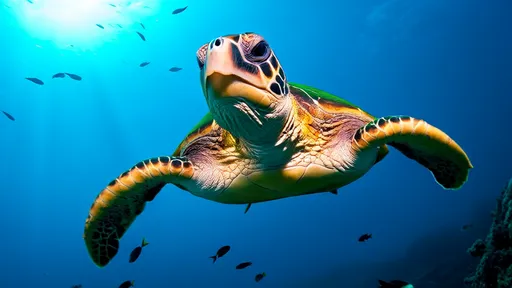
By /Jun 10, 2025
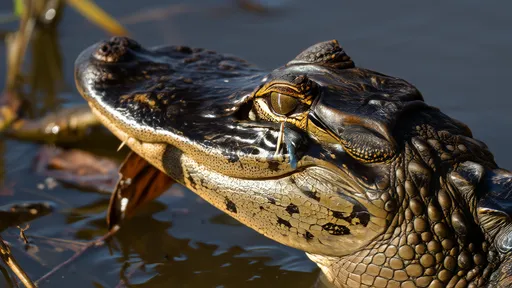
By /Jun 10, 2025
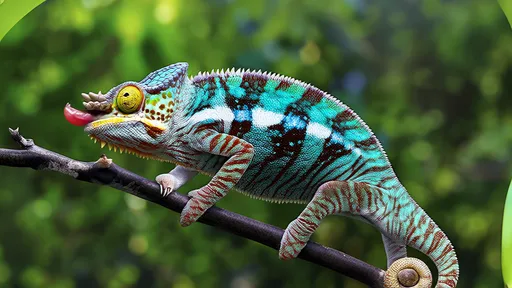
By /Jun 10, 2025
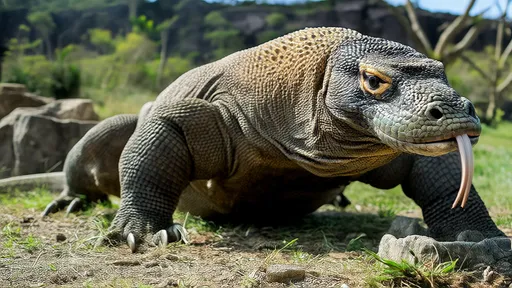
By /Jun 10, 2025
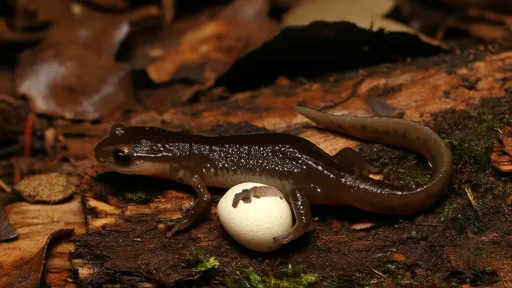
By /Jun 10, 2025
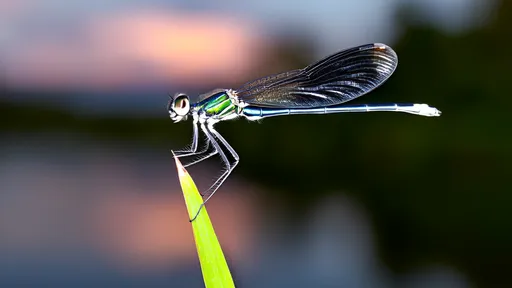
By /Jun 10, 2025
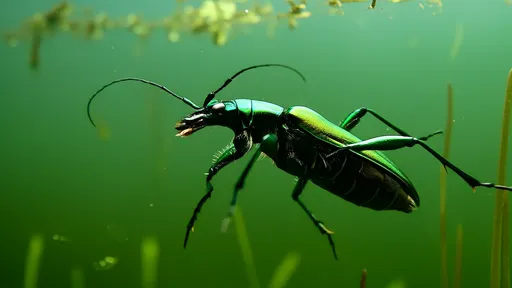
By /Jun 10, 2025
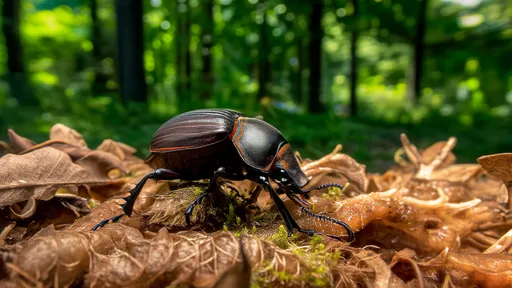
By /Jun 10, 2025
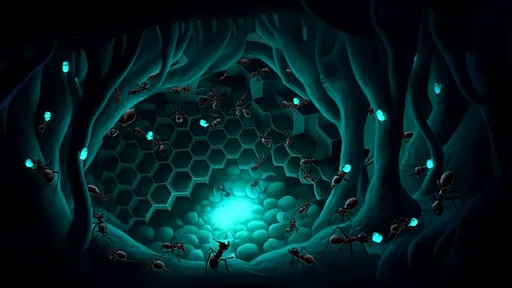
By /Jun 10, 2025
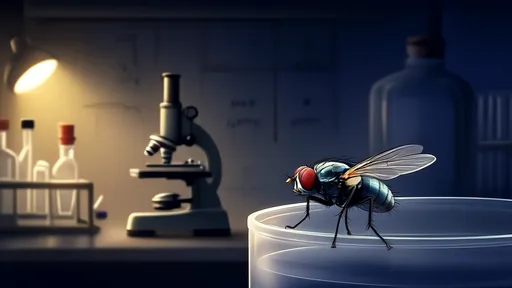
By /Jun 10, 2025

By /Jun 10, 2025
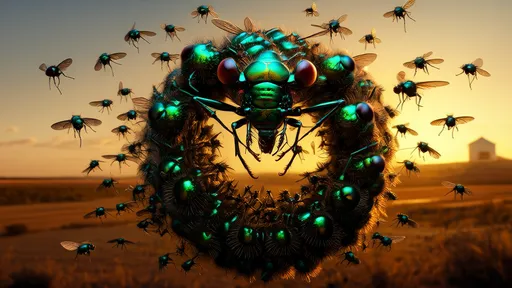
By /Jun 10, 2025
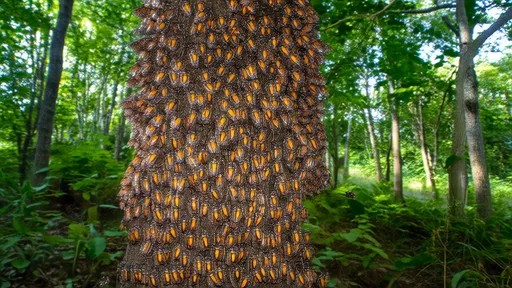
By /Jun 10, 2025
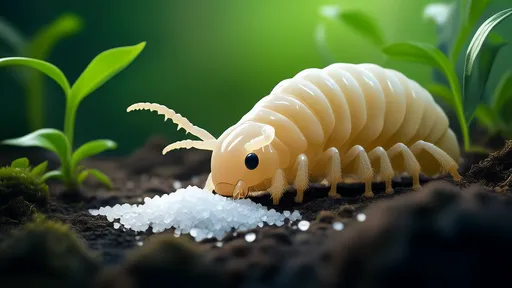
By /Jun 10, 2025

By /Jun 10, 2025

By /Jun 10, 2025
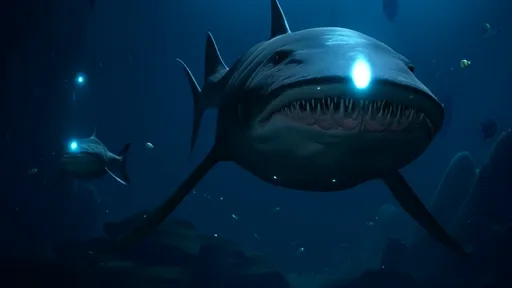
By /Jun 10, 2025